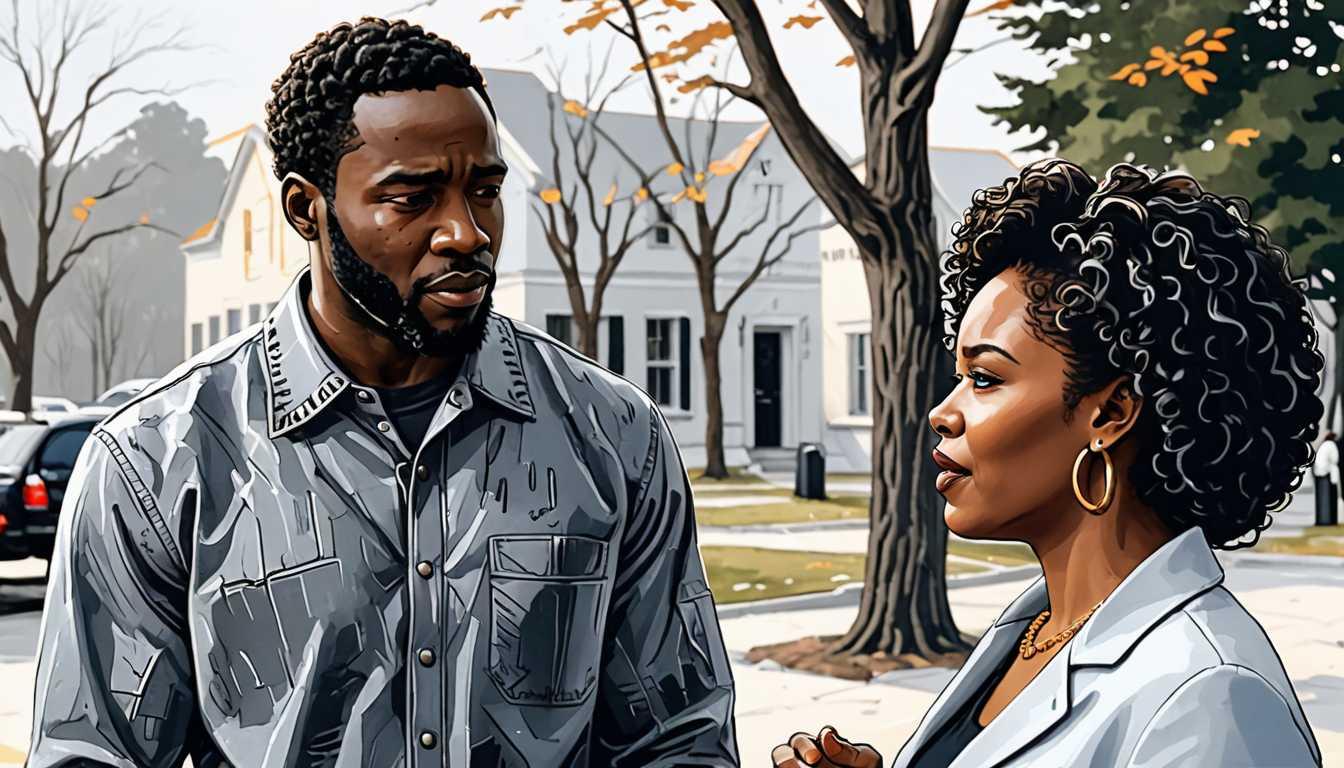Streaming in Sign: A Gap Year Triumph
March 2024
Stanford Magazine
Introduction
When high school went online, Mariella Satow didn't just binge-watch her way through lockdown. Instead, she dived into American Sign Language (ASL), driven by a personal connection to hearing loss. Finding resources scarce, she launched SignUp Captions—a free tool turning Netflix and Disney+ binges into ASL learning sessions. Featured in Stanford Magazine, this inspiring story of innovation and inclusion showcases how one student's gap year project is making streaming accessible to the Deaf community, with a special touch from interpreters who truly embody the stories they sign.
READ FULL ARTICLEWhy It Matters
Discover how this topic shapes your world and future
Unlocking a World Beyond Words
Imagine stepping into a world where the vibrant stories from your favorite movies and TV shows are not just heard, but also seen through the expressive motions of sign language. This is the reality for many who are deaf or hard of hearing, a community that faces unique challenges in accessing media content. Mariella Satow, inspired by her own family's experiences and the broader struggles of the deaf community, embarked on a mission to make digital content more accessible. By creating SignUp Captions, she not only opened up a new realm of entertainment for those who use sign language but also spotlighted the rich talent within the Deaf community. This initiative is a testament to how technology and empathy can come together to break down barriers, making you ponder about the power of inclusivity and the role of innovation in creating a more accessible world.
Speak like a Scholar
Accessibility
Making services and products usable for as many people as possible, including those with disabilities.
Language deprivation
A lack of exposure to a fully accessible language during the critical period of language acquisition in early childhood.
Sign language interpretation
The process of translating spoken or written language into sign language to facilitate communication.
Closed captioning
Text displayed on a television or movie screen that provides a transcription of the dialogue and auditory cues, intended for the deaf and hard of hearing audience.
Inclusivity
The practice or policy of including people who might otherwise be excluded or marginalized, such as those who have physical or mental disabilities.
Digital content accessibility
The effort to ensure that online resources, like websites and streaming services, are designed in a way that people with disabilities can use them.
Independent Research Ideas
The psychological impact of language deprivation in early childhood
Investigate how lack of exposure to a fully accessible language affects cognitive and emotional development in children.
Technology as a bridge
Explore how technology can be leveraged to create more inclusive environments for the deaf and hard of hearing, focusing on innovative tools beyond closed captioning.
Sign language in cinema
Analyze the role of sign language interpreters in enhancing the cinematic experience for the deaf community, considering the cultural and linguistic nuances involved.
The evolution of closed captioning and its future
Trace the history of closed captioning, examining its technological advancements and envisioning future improvements.
Inclusivity in the digital age
Conduct a study on the current state of digital content accessibility, identifying gaps and proposing solutions to make online resources more inclusive.
Related Articles

Colors Speak History
February 2024
University of Pennsylvania

Understanding AAE: A Quest for Justice
May 2023
Phys Org

Unlocking Creativity Through Language Diversity
February 2023
London School of Economics (LSE)

Colors Reimagined: Bilingual Minds
November 2023
Massachusetts Institute of Technology (MIT)

Language: Bridging Cultures at Harvard
February 2024
Harvard University